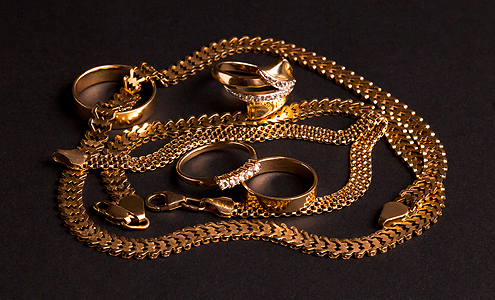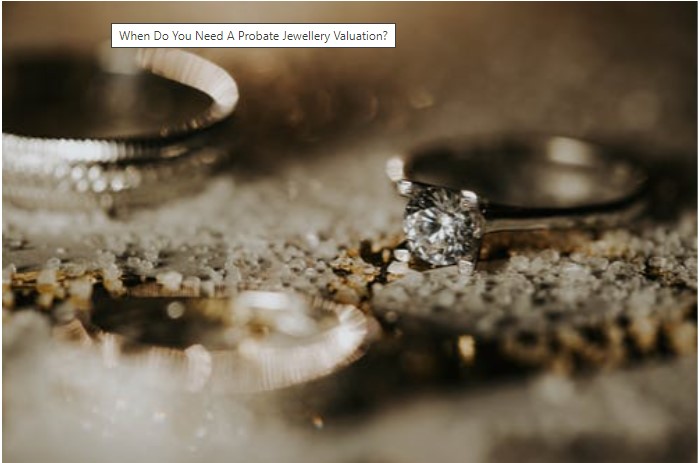After someone’s demise, their assets like estates, liquid assets, and personal possessions are usually valued. For heirloom jewellery, as the law states, a probate jewellery valuation is done when there is no will left by the deceased person. This allows the beneficiaries to assess the total value of the property.
What does probate jewellery valuation include?
People usually make a will before their demise. But sometimes, sudden death can lead to many complications.
More often than not, distributing personal possessions among their relatives can be a challenging task. Unlike jewellery valuation for insurance, which includes the replacement value of a particular piece of jewellery, probate valuation is done to determine the selling value.
Probate appraisal is done according to the state codes regarding possessions and estate laws.

What’s the purpose of a probate jewellery valuation?
There are some differences in purposes between online antique valuation for an insurance purpose and probate jewellery valuation.
Inheritance Tax–
This is one of the foremost reasons for probate valuation. It shows whether the jewellery will have an inheritance tax and, if so, how much will that be charged. This factor determines the eventual amount passed on to the beneficiaries. If the inheritance tax is too much, the jewellery valuation will help secure a sell deal.
An overall assessment–
Even if the deceased person has insurance valuation reports, it differs from a probate appraisal. A probate value of jewellery is lower than the value of insurance.
Jewellery claims–
A probate jewellery valuation in London helps with jewellery claims. For beneficiaries, it is extremely necessary to be aware of the assets they are inheriting. This allows them to plan liabilities and also helps with the equal distribution of jewellery.
How is the process done?
A probate valuation is done when someone perishes without leaving a will. Therefore, the primary importance is to appoint an executor.
The appointed attorney then tracks down all the possessions and assets to protect during the process. Some of the assets are often unknown to their children or spouses.
Vintage jewellery falls under “movable assets,” which becomes difficult to locate. To ensure there aren’t any mortgages or other legal complications, these jewellery pieces are looked after by the executor.

Probate valuation of jewellery is done on the basis of several factors. These include:
- Age of the jewellery
- Current condition
- Metal value
- Quality of the metal and gems
- State or wear
- Prevailing taste
As all these factors are difficult to determine by an executioner, often an expert jewellery valuer is appointed further to create a report.
The report is given on behalf of the prosecutor. The entire procedure usually takes quite a few days. The concluding value of the jewellery on a probate report is always taken as to the value on the death date, set forth by HMRC.
A current probate valuation should always be the impact of joint ownership of a property. If the deceased person held a joint title of movable assets like jewellery, the share is divided.
For divorce settlements or other legal complications, a probate assessment can get messy. That is why most people choose to hire a professional. We advise selecting a company that deals with online antique valuation.
Companies like Prestige Valuations are experts at jewellery valuation in London, probate jewellery valuation, online antique valuation.
What do you need for the process?
Apart from being an executioner, the inspection can take a lot of hard work and patience. There can be a lot of items to be valued and time for research.
Being a potential beneficiary always helps the process if you find documents, receipts, or certificates for antique jewellery. Even photographs, paperwork, letters can help to determine the time period or the material used in the piece.
Once done with the process, a mutual date and pace are settled where the attorney hands over the assets to the recipients.
